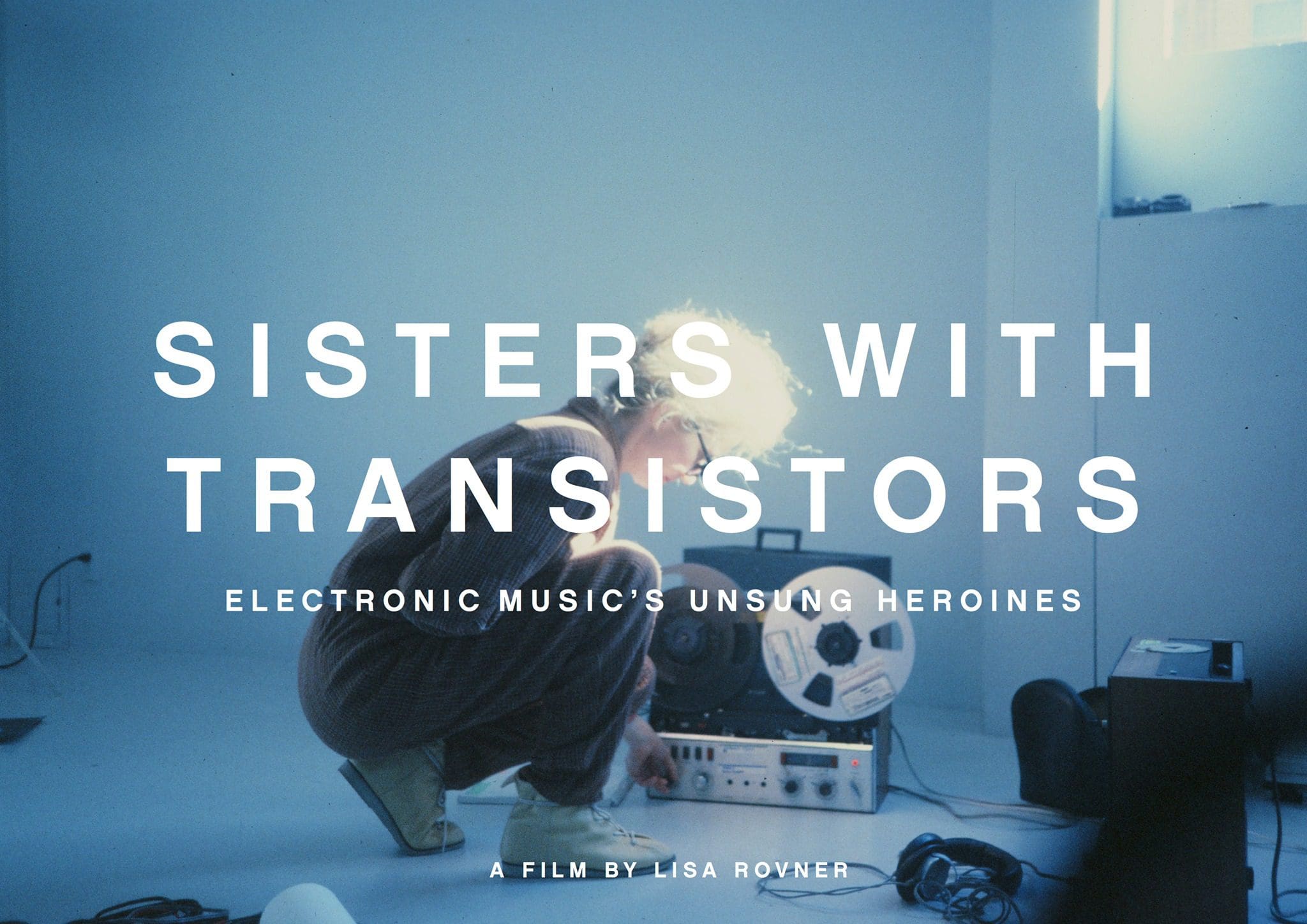
When the average person thinks of someone who makes electronic music, the image they most likely conjure is of some guy with a silly haircut or a mask pushing buttons on a laptop. Though female artists are slowly breaking through to mainstream audiences, the perception of the industry is overwhelmingly male and feels like it always has been. However, writer-director Lisa Rovner’s film Sisters with Transistors uses archival footage, interviews with music experts and testimonials from musicians themselves to reexamine that narrative.
Early in the film, one of Rovner’s interviewees declares in voice over that, “Technology is a tremendous liberator,” and much of the film is built around showing how electronic music allowed women in particular to challenge established structures in music. As Suzanne Ciani puts it, “You’re dealing in energy.” Ciani is one of the many fascinating women Rovner covers and, for the most part, she focuses on a single artist at a time. While on some level, that structure allows the viewer to learn in depth about each artist’s motivations and work, it’s also a subtle way to show how electronic music evolved over time, as each artist pushed the genre forward.
There’s Ciani herself, the first woman to score a major Hollywood picture with 1981’s The Incredible Shrinking Woman. There’s Pauline Oliveras, who was openly queer in the ‘50s and whose work was explicitly feminist. As she explains it, “how do you exorcise the canon of classical music of misogyny? With one oscillator, a turntable and tape delay.” Perhaps most accessible of all to the average viewer, though, is Delia Derbyshire, worked in the BBC’s Radiophonic Workshop in the ‘60s.
In one of the film’s most enjoyable sequences, we watch Derbyshire build a piece of music from distorted tape loops, adding one element at a time like an analogue version of a looping pedal. It’s incredible to watch, but it becomes even more impressive when we later learn that Derbyshire used similar methods to compose the famous Doctor Who theme, assembling the final piece over 40 days.
It’s genuinely exciting to learn such an iconic piece of music’s origins and the audience naturally wants to know more about how that came to pass. Who chose Derbyshire to create the music? What directives was she given? Sure, that single piece made the general public more accepting of electronic music, but where there detractors at the time as well? Unfortunately, Rovner leaves these questions unanswered and there are many moments throughout when the audience naturally wants more context to understand electronic music’s place in the larger culture.
Perhaps the most frustrating example is Ciani, who explains that she simply couldn’t get a recording contract because the industry’s (male) gatekeepers weren’t interested in hiring a female artist who wasn’t also a vocalist. So, she turned to the advertising industry. As we watch commercials for everything from Coke to dishwashers play, it’s fascinating to realize how influential what would usually be considered minor work for a musician must have been in normalizing electronic music for a general audience. However, Rovner neither examines that possibility nor explores how culture eventually turned on that kind of sound as cheesy ‘80s schlock.
Rather, Rovner’s point in examining Ciani’s career and, really, all of the artists here, is to examine the way electronic music gave these women agency despite patriarchal structures meant to keep them irrelevant. As Ciani explains, the reason she gets to score The Incredible Shrinking Woman is because star Lily Tomlin was a producer and the studio head at the time was a woman. However, she also notes that the fact that the industry is so male dominated is the reason that another woman didn’t get the same opportunity for another 14 years. “We are casualties of a day-to-day system that operates without awareness that we’re even there,” she says.
Indeed, nearly every artist Rovner covers expresses a variation on that sentiment. However, where the film succeeds best is in showing how that carries through in the actual music. In one scene, Rovner plays Oliveras’s 1965 piece “Bye Bye Butter Fly”. Opera fans will immediately recognize the way it samples Puccini’s Madama Butterfly, but Rovner makes sure the audience understands precisely what musical history the piece critiques by showing images of a recorded performance of the sampled song under it. It’s a clever moment that almost feels like a mini piece of video art and, really, every scene where the music is presented is equally thought-provoking visually as it is aurally.
Despite issues with context or presentation, perhaps the most disappointing thing about Sisters with Transistors is that most audiences likely won’t get the privilege of experiencing the featured music immersed in the sound bath of a movie theater anytime soon. Rovner’s film is stimulating on musical, visual and intellectual levels as well as being a necessary corrective to an art form that wrote women out of its history. Electronic music may not be everyone’s cup of tea, but understanding the ways women fight to be heard in popular culture should be vital to everyone.
Sisters with Transistors is currently on the festival circuit, including at the Sheffield Doc/Fest.
https://www.instagram.com/p/CBMJE0ilsI9/

